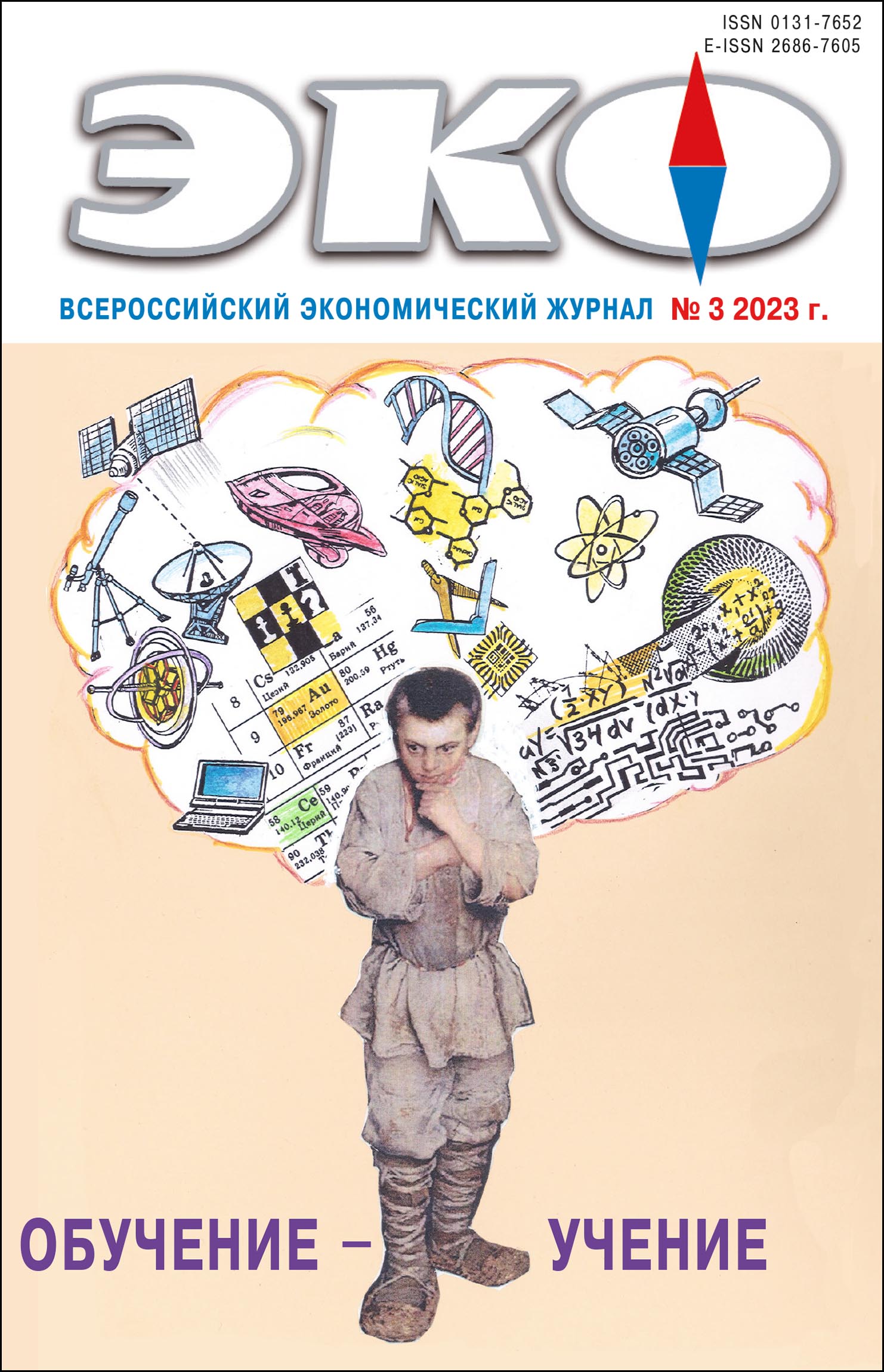ECOLOGY AND ECONOMY
Published 2023-03-06
Keywords
- biofuel; pollutants; greenhouse gases; ash and slag waste; cost of reduced emissions
How to Cite
1.
Maysyk Е, Gubiy Е. Efficiency of the Use of Wood Fuel on the Lake Baikal. ECO [Internet]. 2023 Mar. 6 [cited 2026 Jan. 14];53(3):110-23. Available from: https://ecotrends.ru/index.php/eco/article/view/4581
Abstract
The paper proposes a method of ecological and economic evaluation of the effectiveness of environmental protection measures for power facilities. It is based on the calculation of the ratio of costs for the implementation of environmental technology and environmental effects from its implementation. This makes possible to estimate the environmental effect in the form of prevented emissions of pollutants, greenhouse gases or ash and slag waste in cost terms. The method was tested in the case of replacing coal with fuel pellets and wood chips in boiler houses located in the central ecological zone of the Baikal natural area. The authors show that the economic efficiency of using wood fuel depends on its price and quality characteristics, local transport infrastructure and the capacity of a heat source. As a result of substitution of charcoal by wood fuel in 14 recommended boiler-houses a noticeable ecological effect can be reached: pollutant emissions are reduced by 94%, greenhouse gas emissions into the atmosphere are reduced by 99.9%, ash-and-slag waste generation is reduced by 92–91%.References
- Санеев Б. Г., Иванова И. Ю., Майсюк Е. П., Тугузова Т. Ф., Иванов Р. А. Энергетическая инфраструктура центральной экологической зоны: воздействие на природную среду и пути его снижения // География и природные ресурсы. 2016. № 5. С. 218–224. DOI: 10.21782/GIPR0206–1619–2016–5(218–224)
- Baker, E.D., Khatami, S.N. (2019). The levelized cost of carbon: a practical, if imperfect, method to compare CO2 abatement projects. Climate Policy. Vol. 19(9). Pp. 1132–1143. DOI:10.1080/14693062.2019.1634508
- Buss, J., Mansuy, N., Laganière, J., Persson, D. (2022). Greenhouse gas mitigation potential of replacing diesel fuel with wood-based bioenergy in an artic Indigenous community: A pilot study in Fort McPherson, Canada. Biomass & Bioenergy. Vol. 159(59). Pp. 106367. DOI: 10.1016/j.biombioe.2022.106367
- Buss, J., Mansuy, N., Madrali, S. (2021). De-risking wood-based bioenergy development in remote and indigenous communities in Canada. Energies. Vol. 14. P. 2603. DOI: 10.3390/en14092603
- Friedmann, J., Fan, Z., Byrum, Z., Ochu, E., Bhardwaj, A., Sheerazi, H. (2020). Levelized Cost of Carbon Abatement: An Improved Cost-Assessment Methodology for a Net-Zero Emissions World. Available at: https://www.energypolicy.columbia.edu/sites/default/files/file-uploads/LCCA_CGEP-Report_101620.pdf (accessed 21.11.2022).
- Gubiy, E. (2022). The use of waste products of the forestry sector for energy purposes in the central ecological zone of the Baikal natural area. IOP Conference Series: Earth and Environmental Science. Vol. 4. P. 012002. DOI 10.1088/1755–1315/990/1/012002
- Vogt-Schilb, A., Meunier, G., Hallegatte, S. (2018). When starting with the most expensive option makes sense: Optimal timing, cost and sectoral allocation of abatement investment. Environmental Economics and Management. Vol. 88. Pp. 210–233. DOI: 10.1016/j.jeem.2017.12.001
- Zia, H. (2020). LCCA and Environmental Impact of Buildings. Reference Module in Materials Science and Materials Engineering. Pp. 133–143. DOI:10.1016/В978–0–12–803581–8.10675–7

